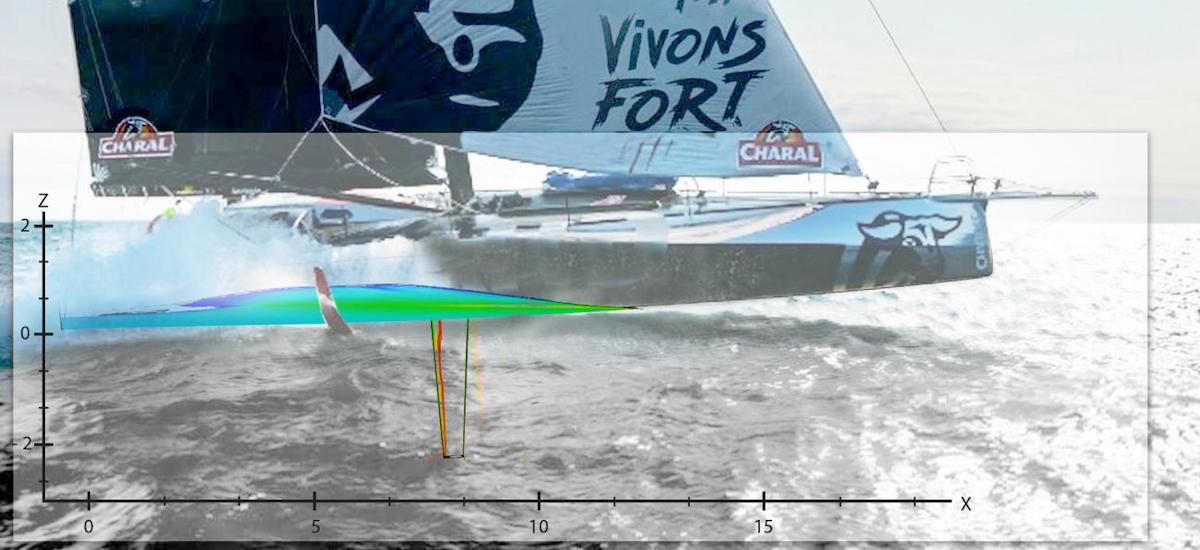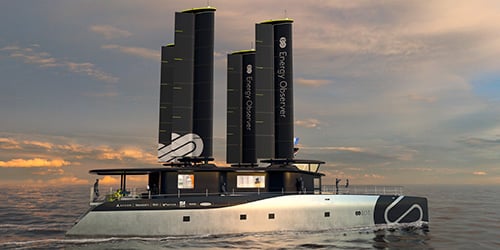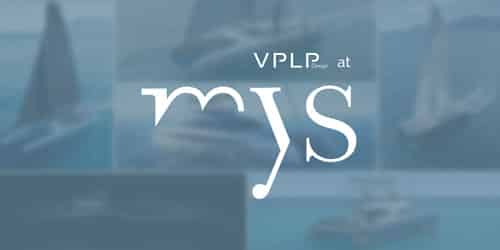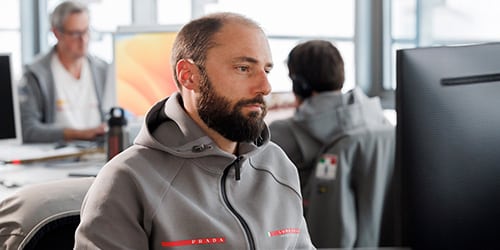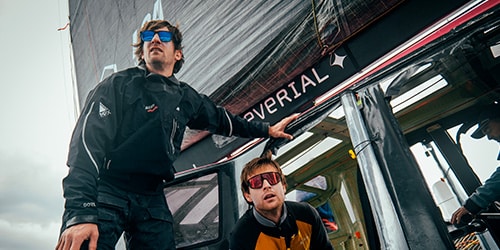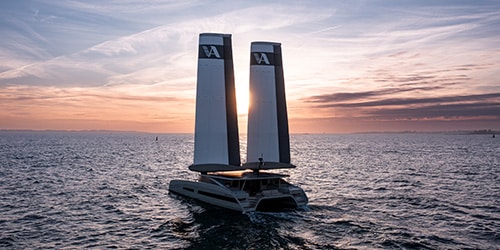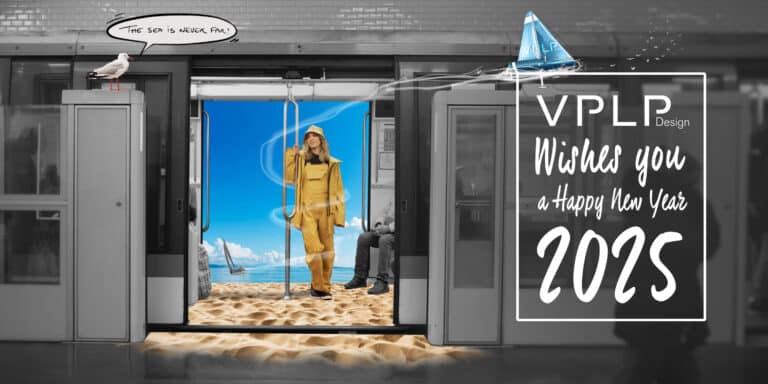Collaborating with Jeremie Beyou and Charal Sailing Team in preparation for the Vendee Globe 2020–2021 has been a unique experience for naval architecture firm VPLP Design.
First off, Charal is the first new IMOCA 60 off the drawing board for the upcoming Vendee Globe. Design works started back in spring 2017, just a few weeks after the completion of the previous edition of the race. Adding to that, she’s also the first IMOCA 60 foiler of the new generation and “100% designed by VPLP” in terms of the naval architecture and the plans for the foils and rudders.
And then there’s the fact that, for the first time ever, the architectural studies on the shape of the hull weren’t focused on generating power, which had previously been the case, but instead on optimizing hull drag at high speed.
The studies were made possible by the climate of trust which developed between VPLP and Charal Sailing Team as the project progressed, despite it being our first close collaboration.
And it’s the quality of this relationship that has made Charal’s structure such an outlier. Its wetted surface has been reduced to produce a moderately powerful hull, while the foils provide the capacity to dynamically adjust its thrust.
Above all, the Charal project is a real extension of the collaboration established with the design team since the very first launch. VPLP engineers and architects were invited from the outset to share, during Charal test sailings, the impressions and data recorded by the inertial navigation unit and the strain gauges. This led to a fruitful dialogue.
Team Charal developed a comprehensive programme of trials to test the sail configurations associated with various positions of the keel, levels in the ballast tanks, and positions of the foils in terms of spread and rake.
These trials resulted in important design benefits because the load data generated by the strain gauges enabled us to fine-tune the alarms and identify operating hot zones. And, of course, it allowed us to set performance targets and attitudes for each of the trim combinations.
Sharing the knowledge acquired at sea also enabled us to schedule working sessions on the simulator at our Vannes offices, once we had compared the real sailing data to the figures generated by the computational tools.
The next phase was to run through particular sailing situations envisaged by the Charal design team, and then try out various trim combinations. These calculations ashore enabled us to identify the best set-ups for certain wind and sea states without having to wait for such conditions to occur during training sessions.
It’s a method which saves time when optimizing design performance, and it speeds up the learning curve in the early stages. This helped us to hone the philosophy behind the foils, the v.2 having been scheduled right from the start of the project.
These appendages are specific to Jeremie Beyou’s 2020–2021 Vendee Globe campaign to sail solo around the world. They give greater finesse and provide a more gradual thrust with pitch and roll. These foils should be less of a tightrope than the previous pair and, consequently, give a more stable and consistent ride.
Charal is thus the first IMOCA to go in the water with these new-generation foils, their design having greatly benefited from the early-bird strategy chosen at the outset by the skipper and his backers.
A huge thank you to Jeremie, his sponsor Charal and all the team for their confidence and enthusiastic collaboration throughout.
Teamwork based on trust and transparency, which we have also experienced with Alex Thomson and the Hugo Boss gang, has enabled us to develop boats that are faster, safer and more reliable.
